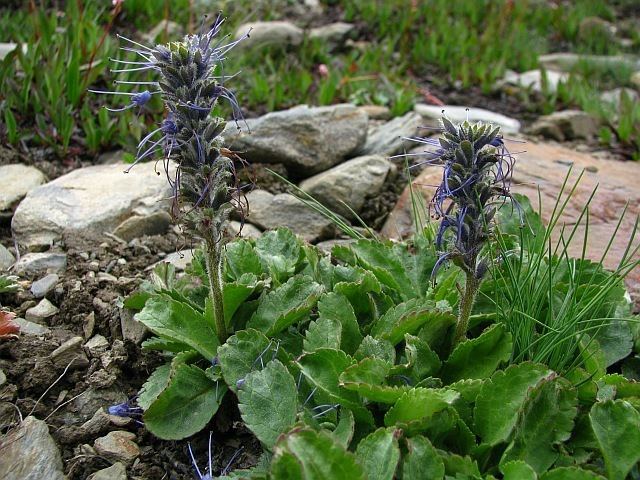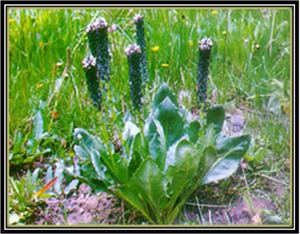Scientific name Picrorhiza kurrooa Rank Species | Genus Picrorhiza Higher classification Picrorhiza | |
 | ||
Similar Boerhavia diffusa, Heart‑leaved moonseed, Berberis aristata, Swertia, Green chiretta | ||
Katuki picrorhiza kurroa benefits uses medicinal properties
Picrorhiza kurroa is one of the major income generating non-timber forest products found in the Nepalese Himalayas. It is one of the oldest medicinal plants traded from the Karnali zone. Known as Kutki or कुटकी in Nepali, it is a perennial herb and is used as a substitute for Indian gentian (Gentiana kurroo).
Contents
- Katuki picrorhiza kurroa benefits uses medicinal properties
- Habitat
- Description
- Conservation
- Usage
- References

Habitat

It is found in the Himalayan region from Kashmir to Sikkim at an elevation of 2700-4500m and in Nepal, found abundantly between 3500 and 4800m. It is found far away from the community and takes from hours to days to walk to its growing habitat. It has been reported that Picrorhiza has been harvested to near extinction.
Description

Leaves: 5–15 cm long leaves, almost all at the base, often withered. Leaves are coarsely toothed, narrowed to a winged stalk.
Rhizomes of the plant are 15–25 cm long and woody.
Flowers: small, pale or purplish blue, borne in cylindric spikes, spikes borne on almost leafless erect stems. Flowers about 8 mm, 5-lobed to the middle, and with much longer stamens.
Fruits: 1.3 cm long.

Chemistry: Chemical composition of Picrorhiza kurroa include Kutkin, a bitter glycoside which contains two C-9 iridoid glycosides-Picroside I and Kutakoside.
Conservation
In 1997, kutki was listed in appendix II of the Convention on International Trade in Endangered Species (CITES). This listing resulted ultimately from a request by the Indian government. Overharvesting of the wild species for use as medicine was cited as the main reason for the listing. The species not widely cultivated, though this has been discussed as a potential way to preserve wild stands. The International Union for the Conservation of Nature Red List did not have a listing for this species as of 2014. Picrorhiza scrophulariifolia appears to be used heavily as a substitute for P. kurroa and is considered non-threatened by CITES.
Usage
The rhizome has a long history of use in Indian Ayurvedic medicine for the treatment of digestive problems. Other uses have been proposed (e.g. for asthma, liver damage, wound healing, vitiligo) but the medical evidence is not yet conclusive. It appears to be relatively safe based on its long history of traditional use. our study ARKA AAYURVEDA Current research on Picrorhiza kurroa has focused on its hepatoprotective, anticholestatic, antioxidant, and immune-modulating activity. Kutki has hepato-protective properties and thus supports the liver and spleen. It is used in all forms of liver damage, cirrhosis and inflammation of the liver. It protects the liver against damage from the hepatitis C virus.
